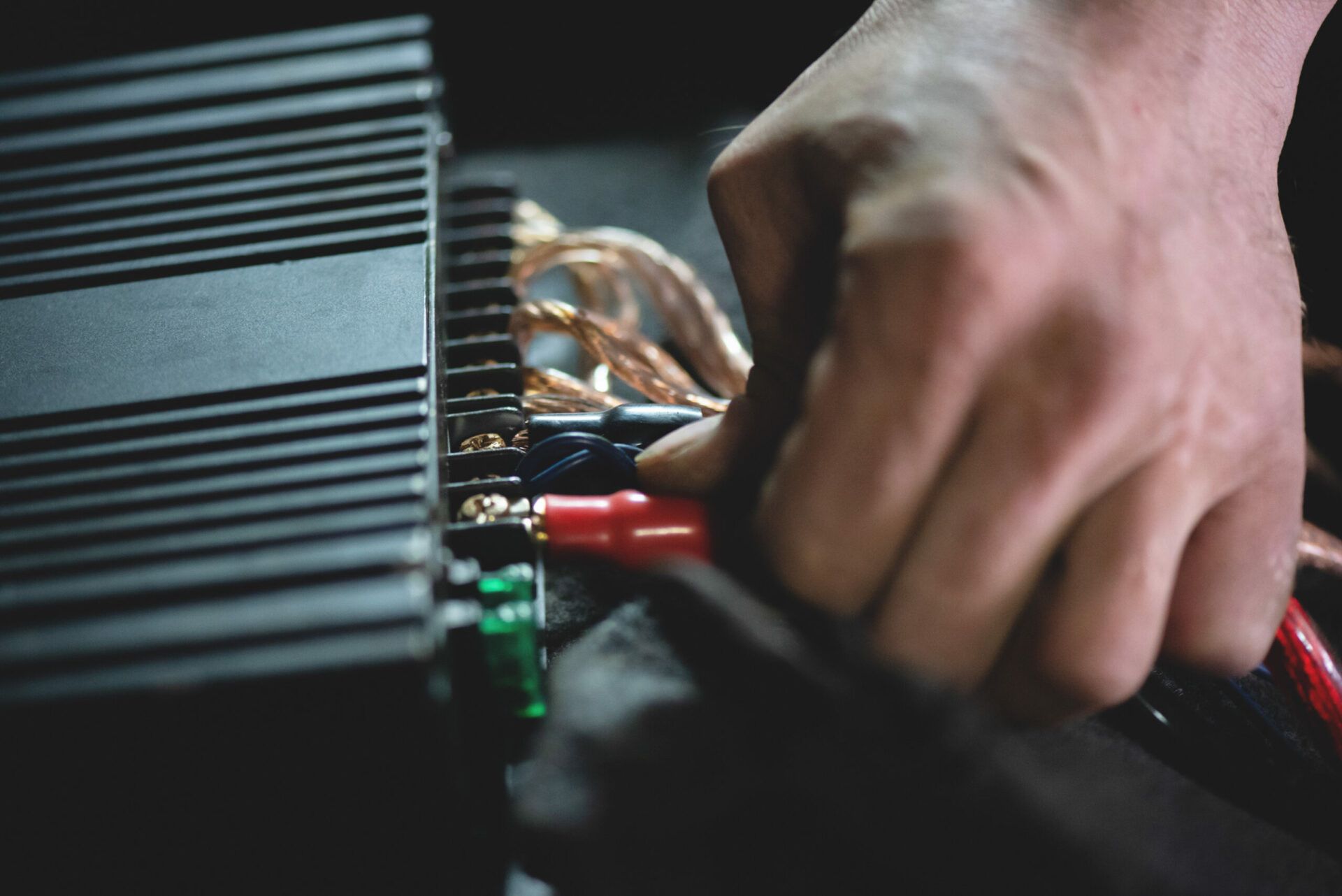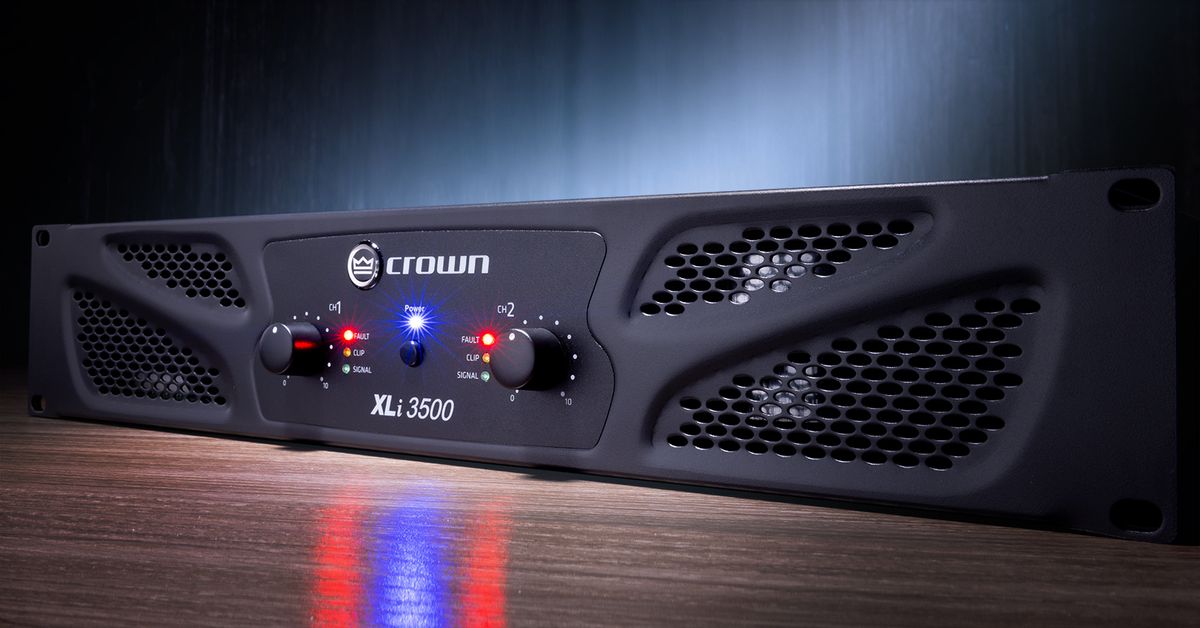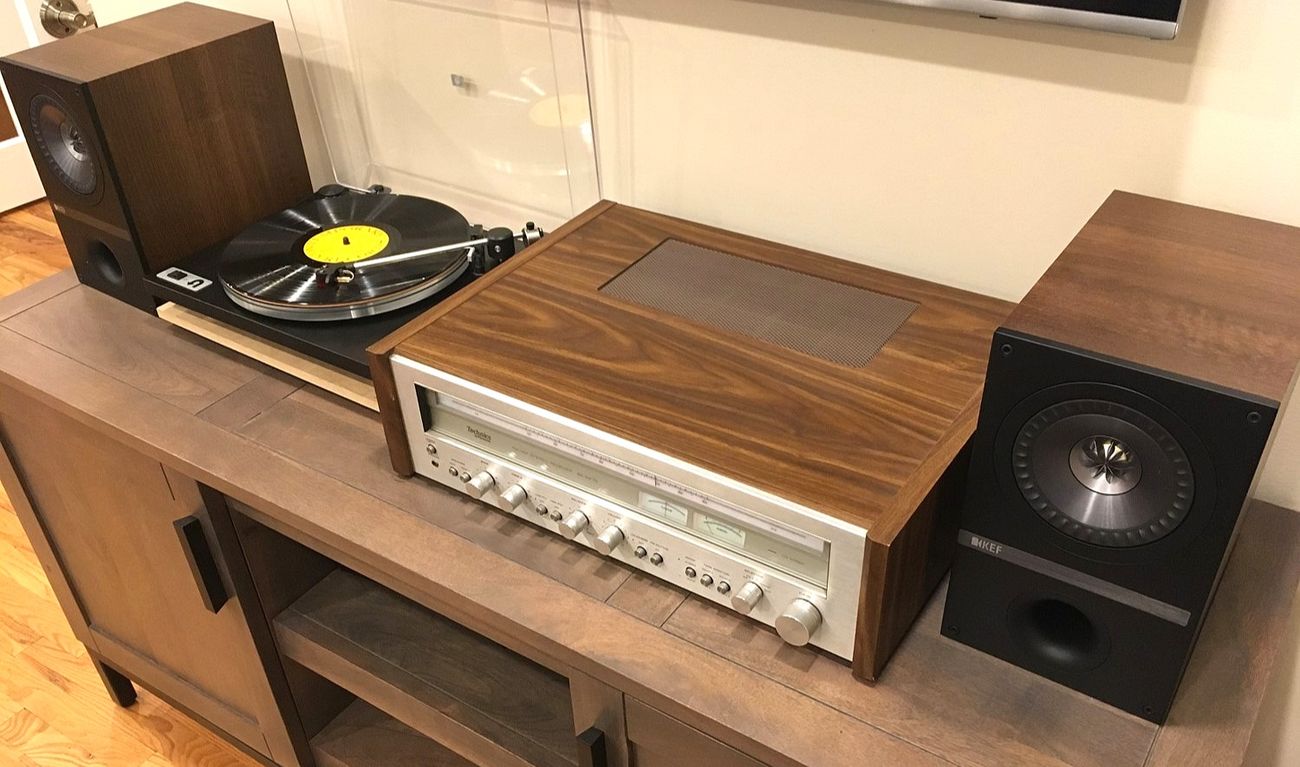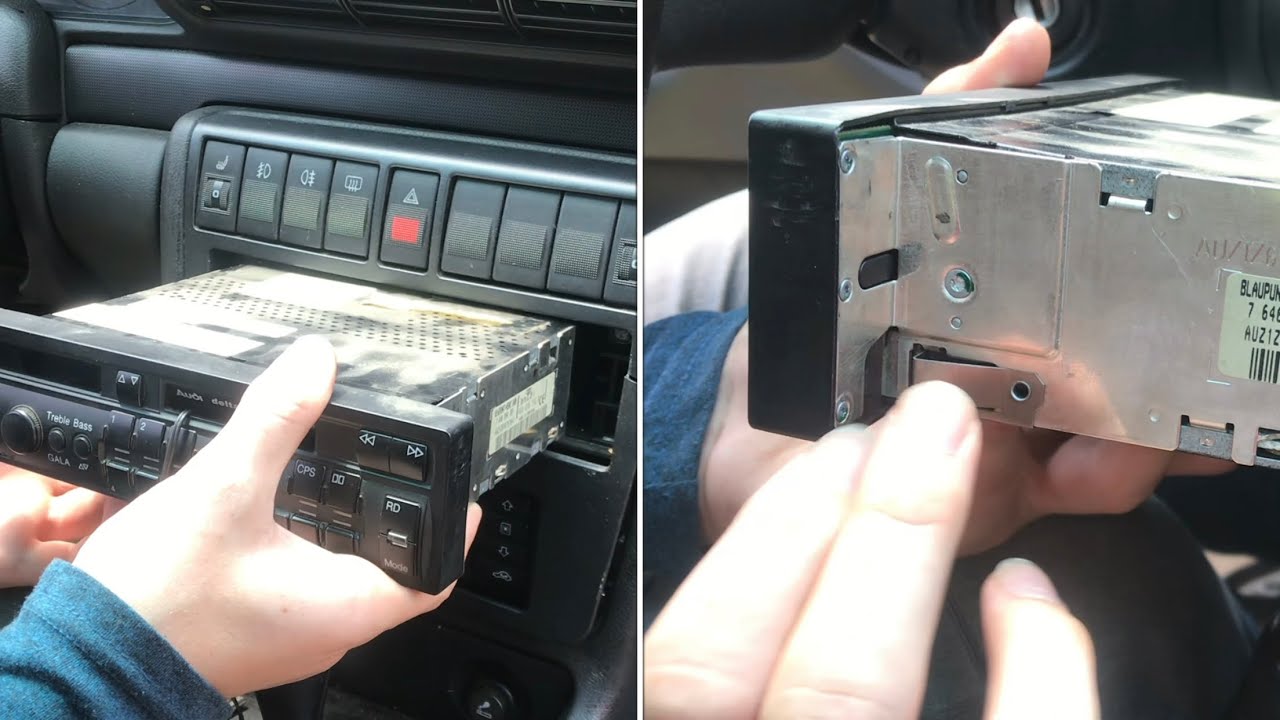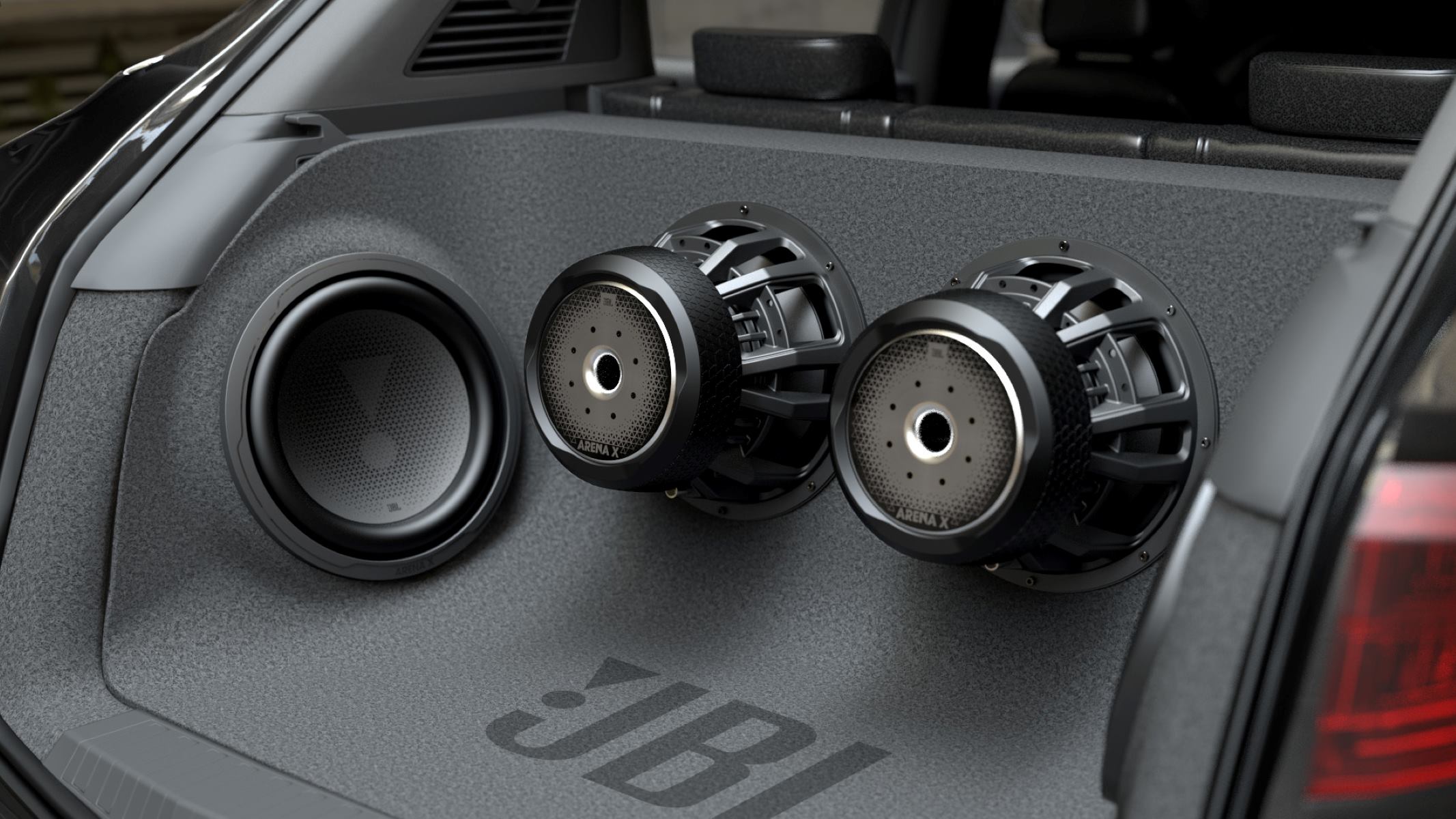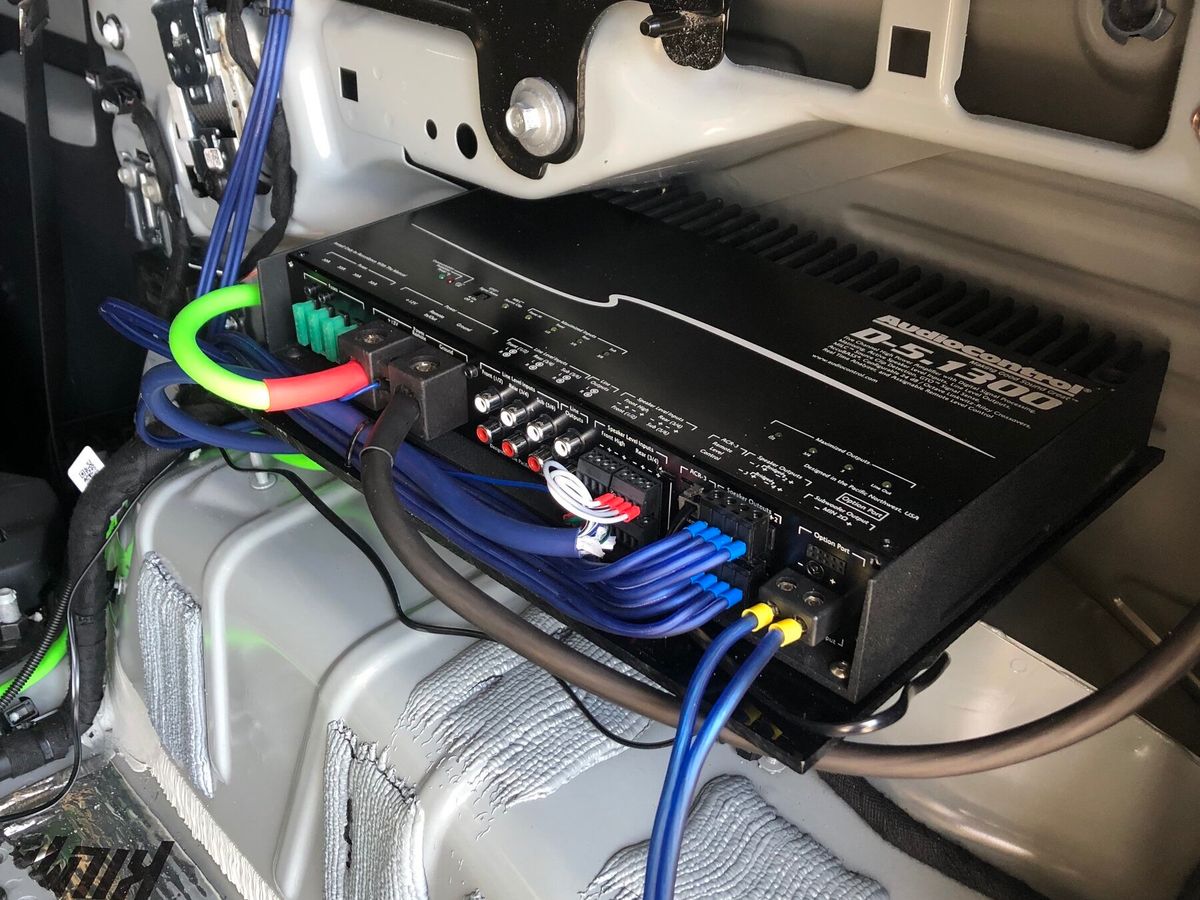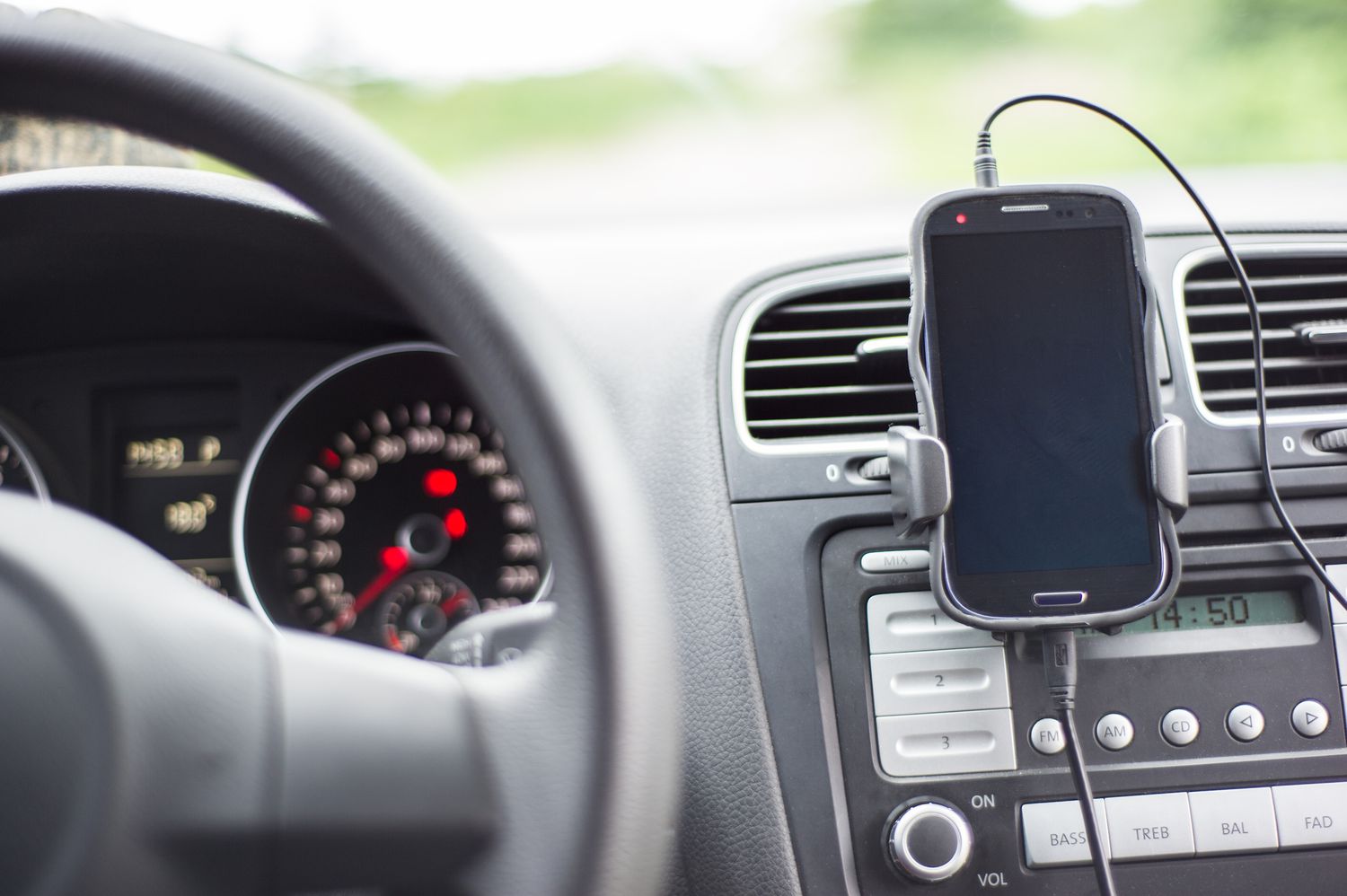Home>Production & Technology>Stereo>How To Hook Up Car Stereo Without Harness
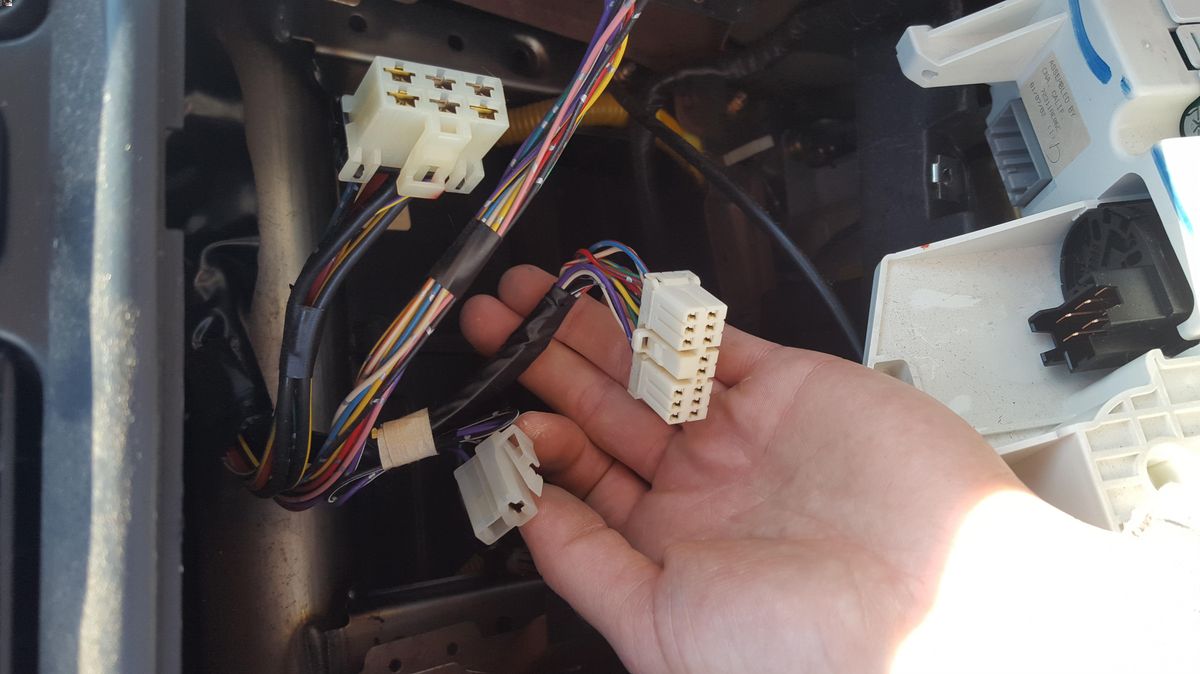

Stereo
How To Hook Up Car Stereo Without Harness
Modified: January 22, 2024
Learn how to connect a car stereo without using a harness. Follow our step-by-step guide for a seamless installation. Enhance your driving experience with a new stereo!
(Many of the links in this article redirect to a specific reviewed product. Your purchase of these products through affiliate links helps to generate commission for AudioLover.com, at no extra cost. Learn more)
Table of Contents
Introduction
Installing a car stereo without a harness may seem like a daunting task, but with a little bit of knowledge and the right tools, it can be a simple and rewarding DIY project. A car stereo, also known as a head unit, is an essential component of any vehicle’s audio system. It allows you to listen to your favorite music, podcasts, and radio stations while on the road.
The wiring harness is a crucial part of installing a car stereo as it provides the necessary connections between the head unit and the vehicle’s electrical system. However, there may be instances where you need to install a car stereo without a harness. This could occur if you have an older vehicle that doesn’t have a compatible wiring harness available or if you’re replacing a factory radio with an aftermarket unit.
In this article, we will explore different methods you can use to hook up a car stereo without a harness. These methods range from using wire harness adapters to splicing wires and using crimp connectors. Whether you have experience with car audio installations or you’re a beginner, we’ve got you covered.
Before we dive into the methods, it’s important to note that installing a car stereo without a harness may void your vehicle’s warranty and could potentially damage the electrical system if not done correctly. It’s always a good idea to consult the owner’s manual or seek professional advice if you’re unsure about the compatibility or installation process.
Now, let’s explore the different methods you can use to hook up a car stereo without a harness.
Method 1: Using a Wire Harness Adapter
If you’re looking for a quick and hassle-free way to connect your car stereo without a harness, using a wire harness adapter is your best bet. A wire harness adapter is a device that connects directly to the existing wiring in your vehicle, allowing you to easily connect the wires from your new car stereo.
Here’s how you can use a wire harness adapter:
- Start by identifying the type of wire harness adapter you need for your car. This can usually be determined by the make, model, and year of your vehicle. You can find this information in the owner’s manual or by conducting a quick online search.
- Purchase the appropriate wire harness adapter for your car. These adapters are widely available at automotive stores or online retailers.
- Disconnect the negative terminal of your car’s battery to prevent any electrical mishaps.
- Locate the wiring harness in your vehicle. It is typically located behind the factory stereo or in the dashboard area.
- Plug the wire harness adapter into the wiring harness in your car.
- Connect the wires from your new car stereo to the wire harness adapter. Refer to the wiring diagram included with your stereo’s installation manual to ensure proper connections.
- Double-check all connections to ensure they are secure.
- Reconnect the negative terminal of your car’s battery.
- Test your new car stereo to ensure everything is working correctly.
Using a wire harness adapter is a convenient and reliable method for installing your car stereo without the need for cutting or splicing wires. It ensures a proper and secure connection, giving you peace of mind and saving you time and effort.
However, it’s important to note that wire harness adapters may not be available for all vehicles, especially older models. In such cases, you can explore alternative methods, such as splicing wires or using crimp connectors, which we will discuss in the following sections.
Method 2: Splicing the Wires
If you don’t have access to a wire harness adapter or if one isn’t available for your specific car model, you can opt to splice the wires directly. Splicing involves joining the wires from your new car stereo to the corresponding wires in your vehicle’s wiring harness.
Before attempting to splice the wires, it’s important to gather the necessary tools and materials:
- Wire strippers: These will be used to remove the insulation from the wires.
- Electrical tape: This will be used to secure and insulate the connections.
- Wire connectors: These connectors are used to join the wires together.
- A wiring diagram: This will help you identify the color-coded wires and their corresponding functions.
Here’s a step-by-step guide on how to splice the wires:
- Start by disconnecting the negative terminal of your car’s battery.
- Locate the wiring harness in your vehicle. It is typically located behind the factory stereo or in the dashboard area.
- Using the wire strippers, carefully strip a small section of insulation from the end of each wire you need to splice.
- Identify the corresponding wires from your new car stereo using the wiring diagram.
- Twist the exposed ends of the corresponding wires from the car stereo and vehicle wiring harness together.
- Slide a wire connector over the twisted wires and twist it tightly to secure the connection.
- Repeat this process for each set of wires that need to be spliced.
- Once all the connections have been made, use electrical tape to wrap the exposed wires and connectors, providing insulation and protection.
- Reconnect the negative terminal of your car’s battery.
- Test your new car stereo to ensure everything is working correctly.
Splicing the wires may require more time and effort compared to using a wire harness adapter, but it is a viable option when adapters are not available. It’s important to take your time and ensure that each connection is properly secured and insulated to avoid any electrical issues or interference.
While splicing the wires can be an effective method, keep in mind that it may not be suitable for everyone. If you’re not confident in your DIY skills or if you’re concerned about damaging the electrical system, it’s best to consult a professional car audio installer for assistance.
Method 3: Using Crimp Connectors
If you’re looking for a reliable and secure method to connect your car stereo without a harness, using crimp connectors is a popular option. Crimp connectors provide a solid connection between the wires, ensuring proper conductivity and reducing the risk of loose connections or electrical issues.
Here’s a step-by-step guide on how to use crimp connectors to hook up your car stereo:
- Start by disconnecting the negative terminal of your car’s battery for safety purposes.
- Locate the wiring harness in your vehicle. It is typically located behind the factory stereo or in the dashboard area.
- Strip a small section of insulation from the end of each wire using wire strippers.
- Insert the stripped end of one wire into a crimp connector. Make sure the exposed wire is fully inserted into the connector.
- Use crimping pliers or a dedicated crimping tool to compress the connector around the wire. This will create a secure and tight connection.
- Repeat this process for the corresponding wire from your new car stereo.
- Once all the connections have been made, inspect each crimp connector to ensure they are properly secured and have a tight grip on the wires.
- Reconnect the negative terminal of your car’s battery.
- Test your new car stereo to ensure everything is working correctly.
Using crimp connectors provides a professional and durable solution when hooking up a car stereo without a harness. The tight compression ensures a strong connection that will withstand vibrations and movement in the vehicle.
When using crimp connectors, it’s essential to choose the appropriate size and type for your wires. There are various types of crimp connectors available, such as butt connectors, spade connectors, and ring terminals. Selecting the right connector for your specific needs will ensure a secure and reliable connection.
While using crimp connectors can be an effective method, it requires precision and attention to detail. Make sure to follow the manufacturer’s instructions for the crimp connectors and double-check all connections to ensure they are properly secured. If you’re unsure about using crimp connectors or if you experience any difficulties during the installation process, it’s always best to seek professional assistance.
Method 4: Tapping Into Existing Wiring
Another method for hooking up a car stereo without a harness is by tapping into the existing wiring in your vehicle. This method involves identifying the necessary power, ground, and speaker wires and connecting them to your new car stereo.
Before attempting to tap into the existing wiring, it’s important to gather the necessary tools and materials:
- Wire strippers: These will be used to remove the insulation from the wires.
- Electrical tape: This will be used to secure and insulate the connections.
- A wiring diagram: This will help you identify the color-coded wires and their corresponding functions.
- Test light or multimeter: This will help you identify the appropriate wires.
Here’s a step-by-step guide on how to tap into existing wiring:
- Start by disconnecting the negative terminal of your car’s battery.
- Locate the wiring harness in your vehicle. It is typically located behind the factory stereo or in the dashboard area.
- Using the wiring diagram and a test light or multimeter, identify the power, ground, and speaker wires.
- Once you have identified the necessary wires, use wire strippers to strip a small section of insulation from the end of each wire.
- Connect the corresponding power, ground, and speaker wires from your new car stereo to the tapped wiring.
- Twist the exposed ends of the wires together and secure them with electrical tape.
- Double-check all connections to ensure they are properly secured and insulated.
- Reconnect the negative terminal of your car’s battery.
- Test your new car stereo to ensure everything is working correctly.
It’s important to note that tapping into the existing wiring should be done with caution, as it can potentially affect other electrical components in your vehicle. If you’re not confident in your abilities or if tapping into the wiring seems too complicated, it’s best to consult a professional car audio installer for assistance.
Additionally, it’s crucial to follow the wiring diagram and take your time to ensure accurate connections. Proper insulation and secure connections are key to avoid any electrical issues or interference.
By tapping into existing wiring, you can effectively connect your car stereo without a harness. However, it’s essential to keep in mind the potential risks and the importance of precision during the installation process.
Conclusion
Installing a car stereo without a harness doesn’t have to be a daunting task. With the right knowledge and the appropriate tools, you can successfully hook up your car stereo and enjoy your favorite tunes on the road. In this article, we explored four different methods for connecting a car stereo without a harness: using a wire harness adapter, splicing the wires, using crimp connectors, and tapping into existing wiring.
If you have access to a wire harness adapter that is compatible with your vehicle, it is often the easiest and most reliable method. It allows for a seamless connection, eliminating the need for cutting or splicing wires. However, this option may not be available for all vehicles or older models.
If a wire harness adapter isn’t an option, you can consider splicing the wires directly. This method requires attention to detail and the proper use of wire connectors and electrical tape to ensure secure connections and insulation.
Using crimp connectors is another reliable method that provides a strong and durable connection. It requires the use of the correct size and type of connectors and ensures a secure bond between the wires.
Tapping into existing wiring can be a viable option if you have a good understanding of your vehicle’s electrical system. However, caution must be exercised to prevent any damage to the wiring or other electrical components.
Regardless of the method you choose, it’s crucial to follow safety precautions, consult the wiring diagrams, and ensure proper connections and insulation to avoid any electrical issues or interference.
If you’re unsure about tackling the installation on your own or if you’re dealing with a complex wiring system, it’s always a good idea to seek professional assistance. They can provide expertise, ensure a proper installation, and alleviate any concerns you may have.
Remember, a properly installed car stereo will not only enhance your driving experience but also add a touch of personalization to your vehicle. So go ahead, choose the method that suits your needs, and enjoy your favorite music as you hit the road!

